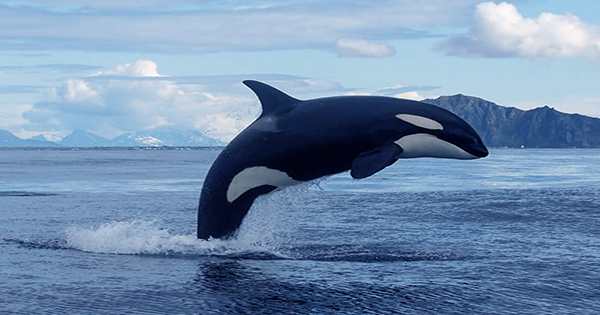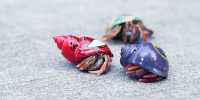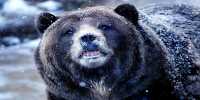One of the main shared characteristics of mammals is the dependence of young adults on parental milk and they can go back to marine life, whales are no exception.
It is old news that these whales feed their calves from their mothers but so far, such behavior in sperm whales has never caught on camera. A new documentary released this spring by National Geographic, the lucky team behind the world’s first footage, stands for Secrets of the Whales. Broadcast on the Disney Channel, the series gives viewers a deep dive into the life of the whale with the story of Sigourney Weaver, which brings great Finding Fear power into production.
Their mammalian mammal milk production has made sperm whales a potential source of nutrition for babies, exactly how caring for these calves was a mystery the logical puzzle is working on how the two came together. This new footage showed the calf, a female in this case, using her lower jaw to enter between the mother’s inverted breasts, creating a path for milk. This is somewhat of a no-brainer, as this yogurt-like substance contains 10 times the concentration of fats compared to human milk.
This may sound like a somewhat sick obesity recipe, but kids 4 meters (13 feet) tall need to grow a lot before their adults reach 15.8 meters (52 feet) in size. During this time, since calves cannot tolerate deep dives, sperm whale mothers sometimes band together to form a protective hood near the surface of the water. Sperm wheels are the largest of the toothed whales, probably explaining why their mating behavior led sailors to believe a ship once they encountered a terrifying sea creature. In 1875, sailors aboard the Pauline merchant ship saw a “sea snake” that they described as a “white pillar.”
However, this particular sea snake spotted in the middle of a snout of a sperm whale, which at the time was “fierce in excitement”. Some argue that the surprising number of “sea monster” sights is actually just the rise of whales. Whale Privacy will be available for streaming from April 22 (depending on your location) and the series promises world-first footage, including vocalizations, unusual methods of communication, and even reliance on camera-captured whales.















